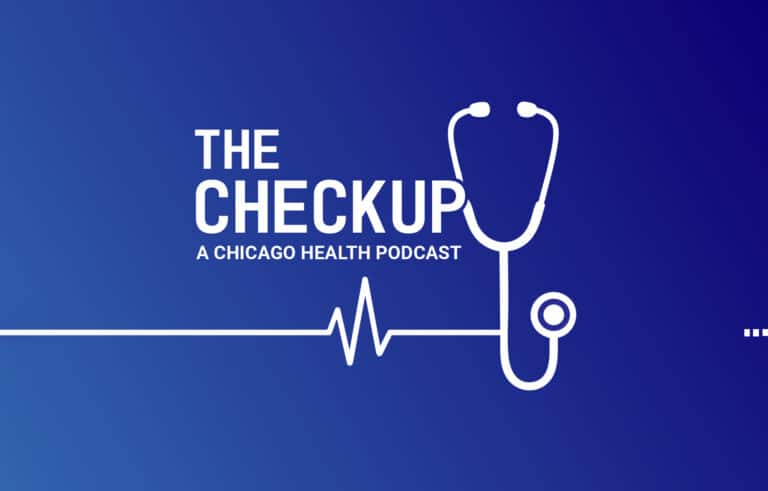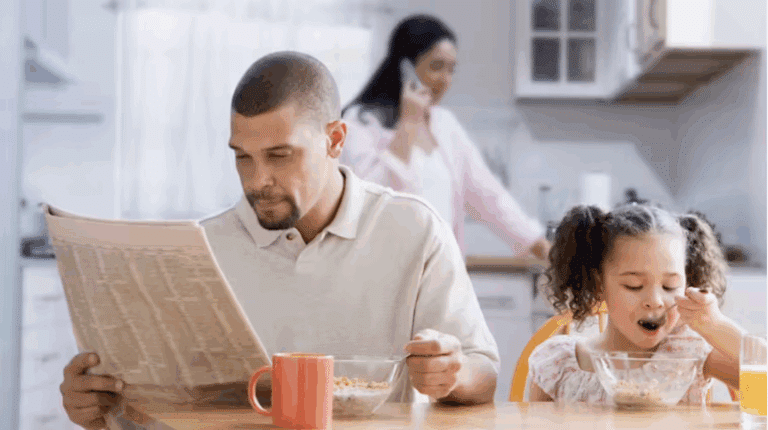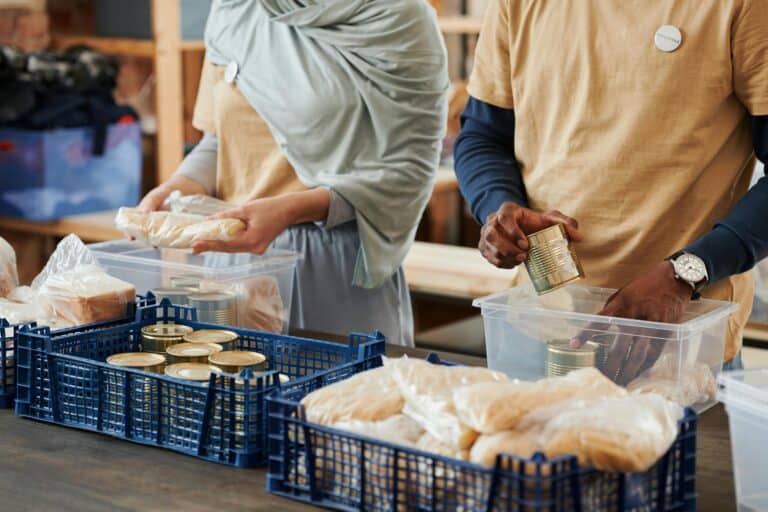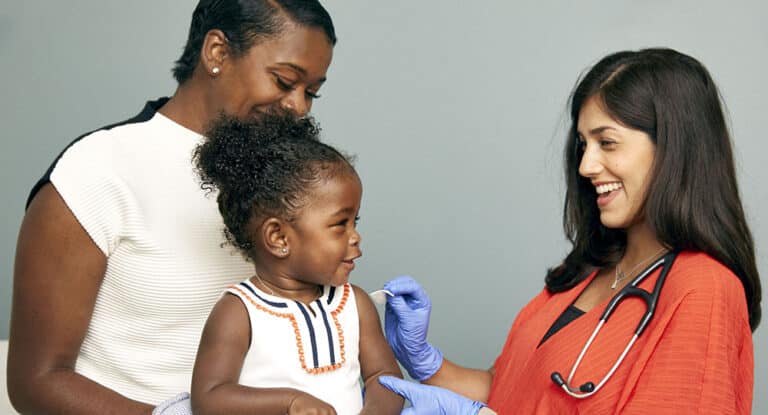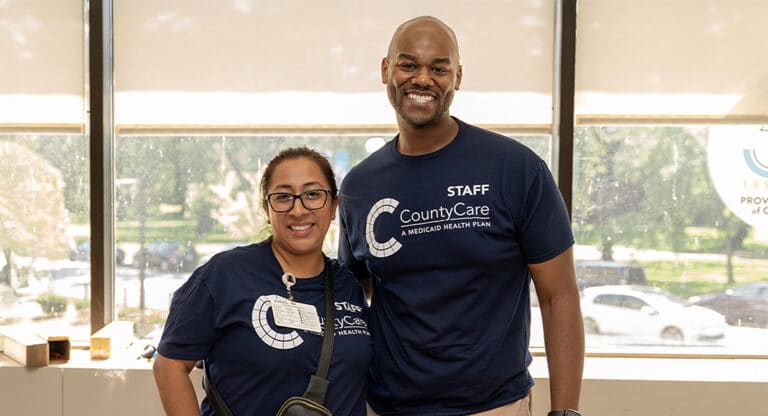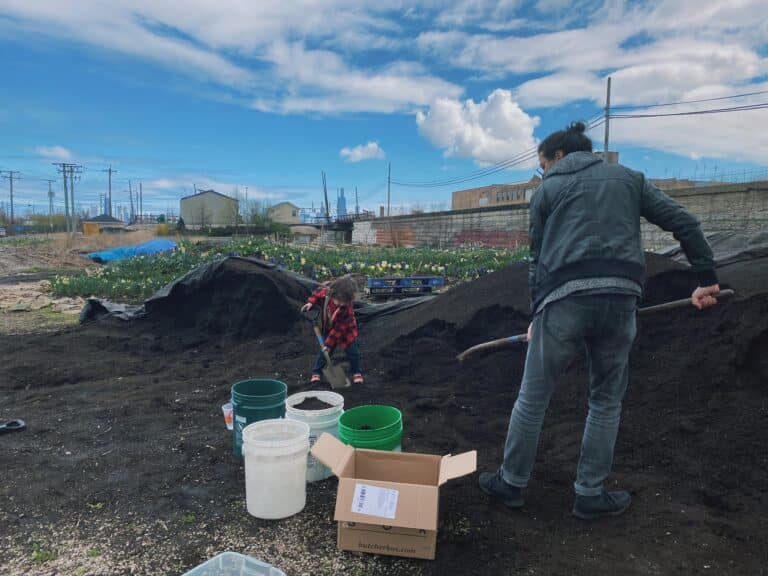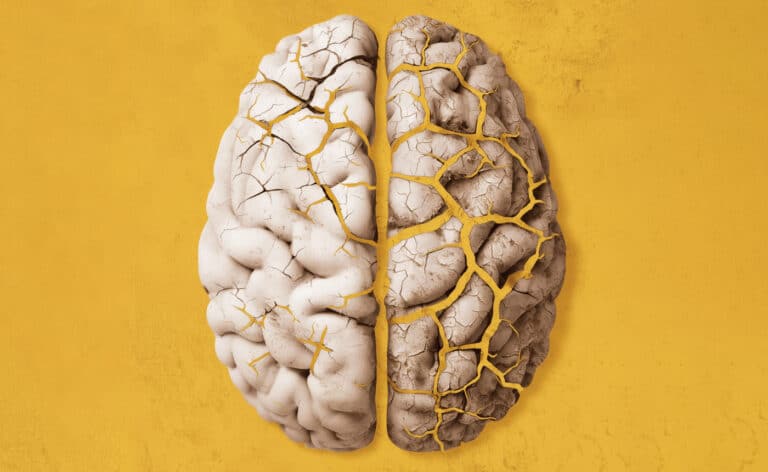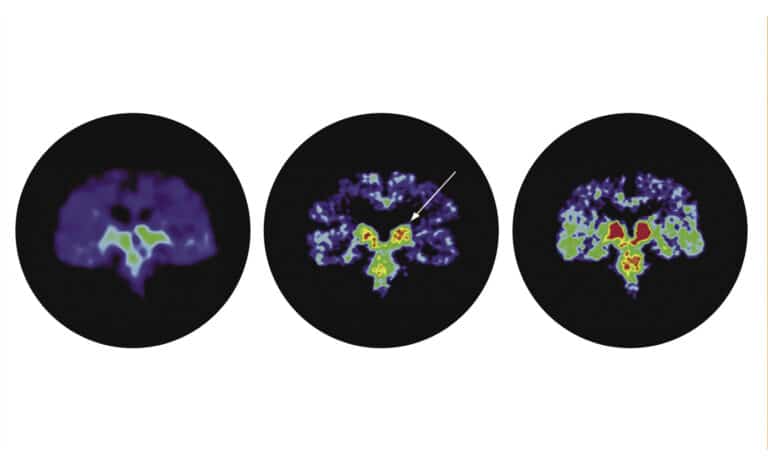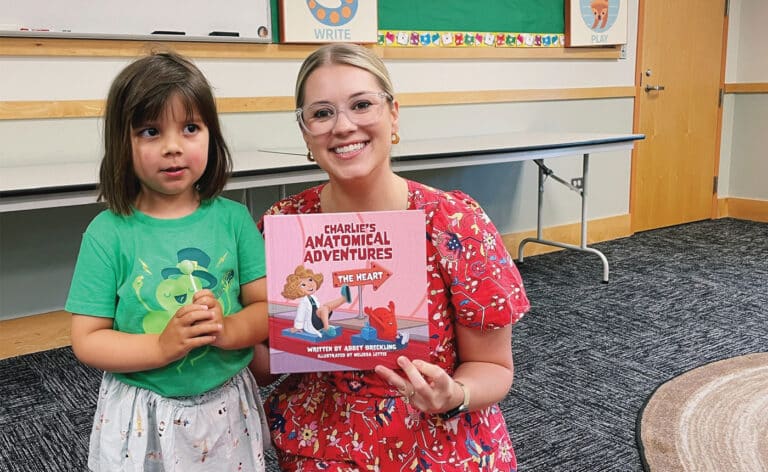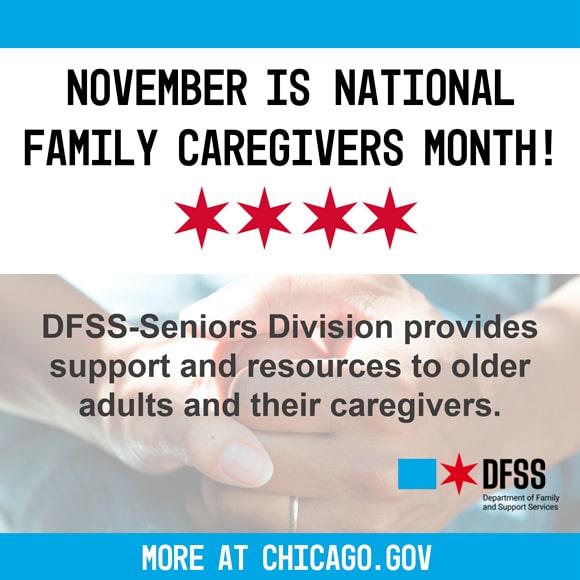Technology to help track food and lifestyle choices
Fact checked by Jim Lacy
Less than 2,300 mg of sodium per day, three cups of vegetables, at least 15 grams of protein per meal… The idea of tracking this data may seem overwhelming, but food tracking apps can make the task less daunting. The question is: Do you really need another app? And if so, which one?
Whether food tracking apps are helpful or harmful “depends on the reason you are using them,” says Gia Falbo, a registered dietitian at Body Peace Nutrition in Lincoln Square. “I always recommend my clients ask themselves what their intentions are for using a food tracking app.”
Samar Kullab, a registered dietitian nutritionist and social media content creator, says, “I like to think of these apps as ‘training wheels.’”
A food tracking app can be helpful if a person is using it to build a healthier relationship with food, Falbo says. “This could mean tracking their food to ensure they’re eating adequately and consistently throughout the day.”
However, she cautions people to work with a medical professional so they maintain a healthy, non-obsessive relationship with food. “Food tracking apps can become unsafe when using them to follow an extremely calorie-restricted diet, especially without the supervision of a medical professional like a registered dietitian,” Falbo says.
Feature-filled food tracking apps
Choosing the right food tracking app for your needs depends on exactly that: your needs. For instance, MyFitnessPal can be good for diving deep into calorie and macronutrient tracking. Weight Watchers works better if you’re looking to lose weight and want coaching. Healthi (formerly iTrackBites) combines the points-based system of Weight Watchers with the extensive food database of MyFitnessPal.
All three apps:
• Track food via barcode scanner (available only in paid versions for some apps)
• Create and save custom recipes
• Integrate exercise (via syncing with other apps)
• Offer meal plans and suggestions
• Track water intake
It’s what makes each app unique, however, that’s worth paying attention to when deciding on the right one for you.
MyFitnessPal
MyFitnessPal features an extensive database of more than 20 million foods. Logging meals — including bulk entries — is easy and fast. The app provides detailed macronutrients (carbs, protein, and fat) for each food entered. With the premium version, you can log food via a voice assistant. The downsides? Offline tracking is limited, meal plan suggestions are only available in premium, and the free version includes ads.
Weight Watchers
Multiple studies have found Weight Watchers to be an effective tool for weight loss. It’s known for its points-based system: Every food has a point value based on its nutritional content (in this case, zero is good), and every person has daily and weekly points budgets customized to their goals, metabolism, and other factors. While the program offers plenty of support, it comes at a cost — literally. There is no free version available.
Healthi
Healthi boasts an extensive food database such as MyFitnessPal,
a points system like Weight Watchers, a robust free version, and the cheapest premium version among all three apps. Users can choose from more than half a dozen plans, depending on whether they want to reduce their sugar intake, follow a keto diet, or work on portion control. The app lacks voice assistant tracking and might not display a food’s macros depending on the chosen plan.
Are wearables the future of food tracking?
While apps will continue to be a popular way to track food consumption, one question remains: What about wearables?
No fully functional food tracker wearable exists on the market today. But there’s at least one in the works. The Drop purports to be the “world’s first fully automated wearable nutrition tracker.” The teardrop-shaped pendant, worn as a necklace, uses a combination of AI and computer vision. Allegedly, it can detect and analyze food as its wearer consumes it. Ultimately, the device sends this information to — you guessed it — an app for tracking.
If all of this seems overwhelming, Falbo offers some simple advice: “Instead of using a food tracking app, I recommend finding a registered dietitian to work with who can support you with your individual food goals and ensure your relationship with food remains healthy and supportive.”
But as Kullab says, when used appropriately, food tracking apps can bring awareness and mindfulness to food choices. Dietitians are standing by to help make sure you use them safely and effectively.
Originally published in the Fall 2025/Winter 2026 print issue.

Ros Lederman, a freelance writer and fact checker, has been writing since she could put a pen to paper, back when that was what “writing” meant. She pursued all forms of writing through graduate school, finding her home writing about all things medical and healthcare. She also branched out into the world of digital accessibility, driven by passion and personal experience living with disabilities.




